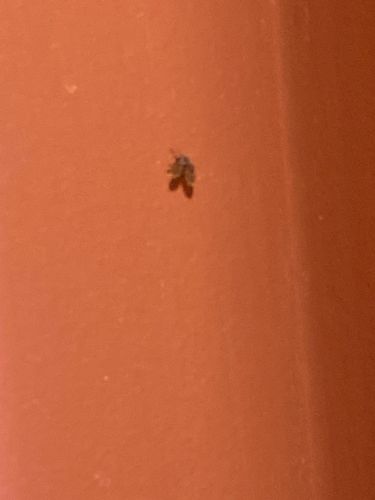Drain Fly / Moth Fly / Filter Fly
Scientific Name: Psychoda alternata (a common species, though many exist within the family)
Order & Family: Diptera (True Flies), Psychodidae (Moth Flies or Drain Flies)
Size: Typically 2-5 mm in length

Natural Habitat
Drain flies are commonly found in moist environments rich in decaying organic matter, such as drains, sewers, septic tanks, compost piles, and wet soil. Indoors, they are often seen in bathrooms and kitchens due to pipe condensation and organic sludge buildup.
Diet & Feeding
Adult drain flies feed on liquids from decaying organic matter, sewage, and flower nectar. Larvae feed on organic matter found in the slime layers of drains, sewers, and decomposing vegetation.
Behavior Patterns
Psychodids often fly in a jerky, erratic manner. They are most active during the evening and night. Larvae and pupae develop in moist or aquatic environments rich in organic matter. Adults typically live only a few days, mating and laying eggs. They are not strong fliers and are often found near their breeding sites.
Risks & Benefits
Potential risks include being a nuisance, especially indoors, as they breed in unsanitary conditions and can transfer microbes from these areas to surfaces. However, they are not known to transmit human diseases. Benefits include their role as decomposers, helping to break down organic waste in their natural habitats.
Identified on: 8/24/2025